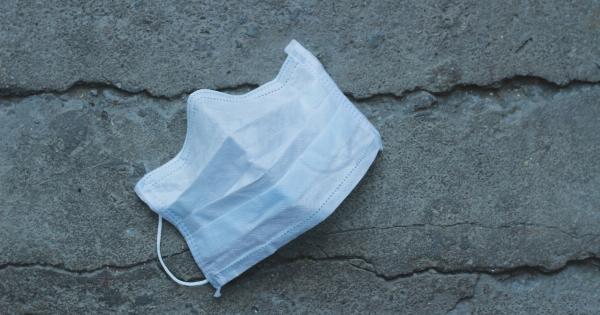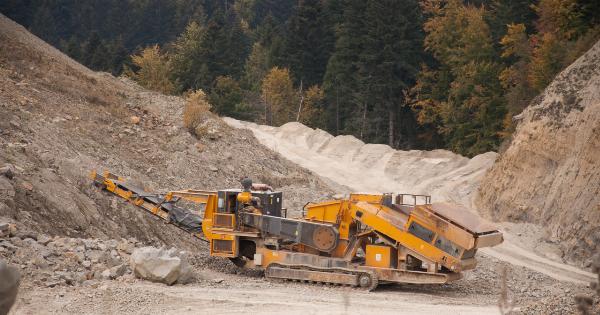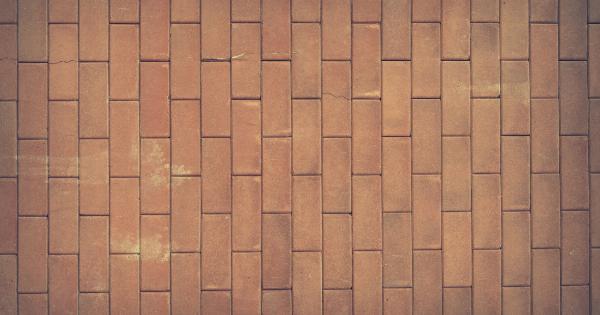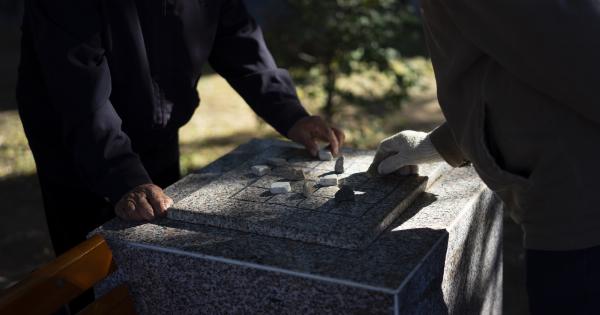Kidney stones are a common problem affecting millions of people around the world. These hard, pebble-like deposits are formed in the kidneys and can cause severe pain and discomfort when they travel through the urinary tract.
Traditional treatment options for kidney stones include medications, dietary changes, and surgery. However, advancements in medical technology have led to the development of innovative kidney stone treatments that are more effective and less invasive than traditional methods.
Shock Wave Lithotripsy
Shock wave lithotripsy (SWL) is a procedure that uses shock waves to break up kidney stones into smaller pieces that can be passed more easily through the urinary tract.
During the procedure, a machine called a lithotripter generates shock waves that are focused on the kidney stone. The shock waves break the stone into smaller pieces that can pass through the urinary tract with less pain and discomfort. SWL is a non-invasive procedure that is often performed on an outpatient basis.
Laser Lithotripsy
Laser lithotripsy is a minimally invasive procedure that uses a laser to break up kidney stones. During the procedure, a small fiber optic wire is inserted into the urinary tract to locate the kidney stone.
Once the stone is located, a laser is used to break it into smaller pieces that can be passed through the urinary tract. Laser lithotripsy is a highly effective treatment for small to medium-sized kidney stones and is often performed on an outpatient basis.
Ureteroscopy
Ureteroscopy is a procedure that uses a thin, flexible scope to locate and remove kidney stones. During the procedure, a scope is inserted into the urinary tract through the urethra and passed through the bladder and ureter to locate the kidney stone.
Once the stone is located, it can be removed using various instruments. Ureteroscopy is a minimally invasive procedure that is often performed on an outpatient basis and has a high success rate.
Percutaneous Nephrolithotomy
Percutaneous nephrolithotomy (PCNL) is a procedure that is used to remove large kidney stones or stones that have become lodged in the urinary tract. During the procedure, a small incision is made in the back to access the kidney.
A thin, flexible scope is inserted through the incision and used to locate and remove the kidney stone. PCNL is a minimally invasive procedure that is often performed under general anesthesia and has a high success rate.
Extracorporeal Shock Wave Lithotripsy
Extracorporeal shock wave lithotripsy (ESWL) is a non-invasive procedure that uses shock waves to break up kidney stones. During the procedure, a machine called a lithotripter generates shock waves that are focused on the kidney stone.
The shock waves break the stone into smaller pieces that can pass through the urinary tract more easily. ESWL is a highly effective treatment for small kidney stones and can often be performed on an outpatient basis.
Kidney Stone Prevention
Preventing kidney stones is critical for individuals who have had kidney stones in the past or are at risk for developing them. There are several things that can be done to prevent kidney stones, including:.
- Drinking plenty of water
- Reducing salt intake
- Eating a diet rich in fruits and vegetables
- Limiting consumption of sugar-sweetened drinks
- Reducing animal protein intake
Additionally, some medications can be prescribed to prevent the formation of kidney stones, including potassium citrate and thiazide diuretics.
Conclusion
Kidney stones can be a painful and uncomfortable condition, but there are several innovative treatment options available to individuals who are suffering from the condition.
From shock wave lithotripsy and laser lithotripsy to ureteroscopy and percutaneous nephrolithotomy, these procedures offer effective solutions for kidney stone removal. Additionally, lifestyle changes such as drinking plenty of water and reducing salt intake can help prevent the formation of kidney stones in the first place.




























